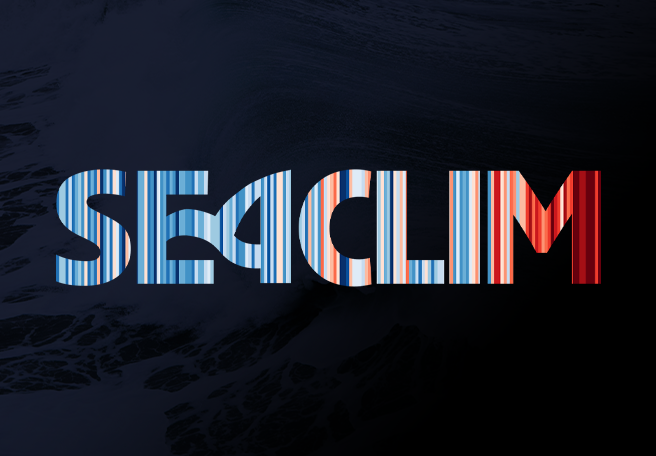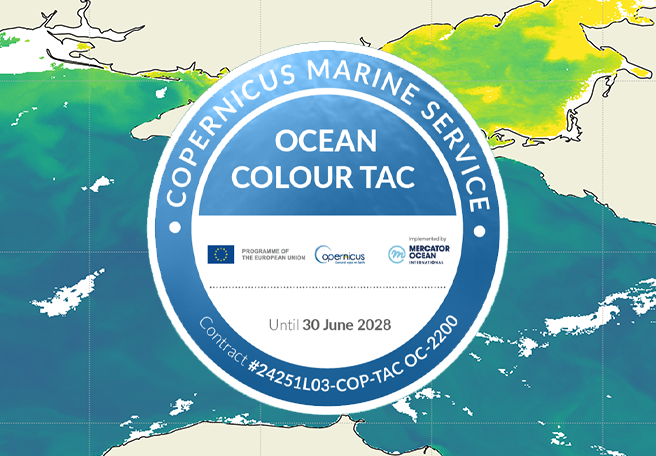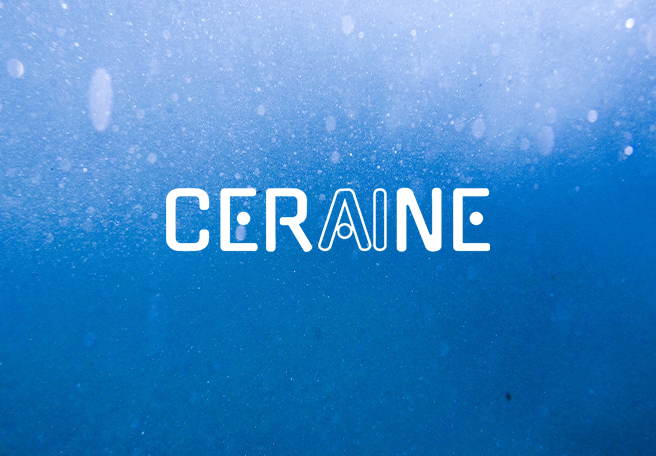Get NOW Services for decision making
KEY BENEFITS
- Larger spatial coverage of monitoring products, based on existing observations.
- Lower monitoring network costs: use of “virtual” buoys instead of potential real ones.
- Improving quality of observational products (i.e., gap filling in measurement timeseries).
- More accurate local forecasts: fine tune of regional/coastal model solutions and improvement of used forcings.
- Decrease of prediction calculation time: More efficient use of computational resources.
- Improved AI-based products allow reduction of operational risks, resulting in increased safety during local operations.
What happens if we do not have observational or enough quality model data?
We can improve available operational oceanographic data through neural networks and machine learning applied techniques.
Algorithms based on Artificial Intelligence have been developed for supporting the monitoring of the marine environment, complementing (and in some cases even replacing) available measurement instrumentation. These techniques are also applied to improve our forecast model solutions, or to improve fields (such as the winds) used as forcing in the ocean model runs, resulting in forecast skill improvements.
Contact usArtificial Intelligence applied by NOW to operational oceanography
Algorithms allowing point-source data inferences (both from a nearby model gridpoint and an in-situ mooring buoy)
Contact usAlgorithms for gap filling to avoid missing values in observational timeseries, enhancing quality of observational products and improving monitoring capabilities
Contact usLocal coastal prediction need running high-resolution models with execution times around the hour; trained convolutional neural networks can deliver analogous local predictions in minutes
Contact us







